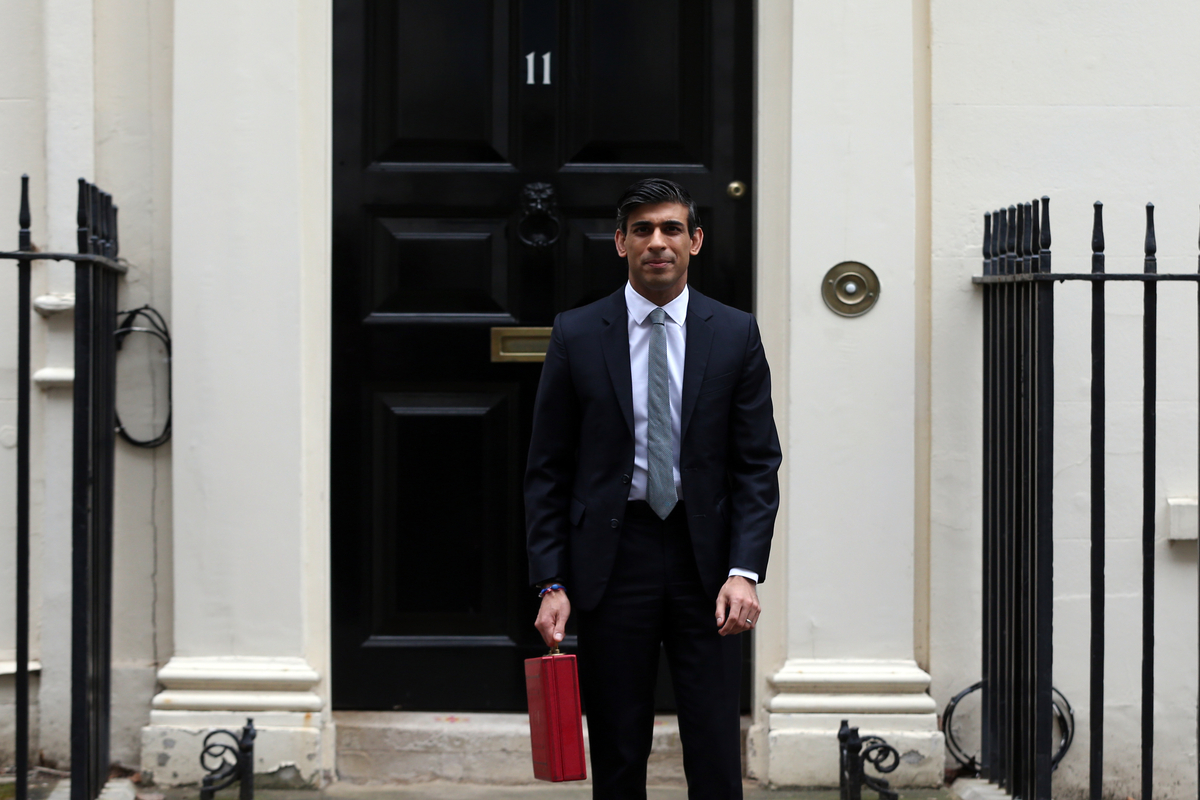Dear visitor,
You're reading 1 of your 3 free news articles this quarter
Register with us for free to get unlimited news, dedicated newsletters, and access to 5 exclusive Premium articles designed to help you stay in the know.
Join the UK's leading credit and lending community in less than 60 seconds.
Sunak accused of squandering £11bn in servicing UK debt
Economists say the treasury failed to take out insurance against interest rate rises of £900bn in quantitative easing.

Senior Journalist, covering the Credit Strategy and Turnaround, Restructuring & Insolvency News brands.
These calculations - according to the Financial Times - have been made by the National Institute of Economic and Social Research (NIESR) and show the loss to taxpayers is greater than the amount Conservatives have accused former prime minister Gordon Brown of costing the UK between 2003 and 2010, when he sold some of the nation’s gold reserves.
The economic research institute’s director Jagjit Chadha told the outlet that chancellor Rishi Sunak’s decision had saddled the UK with “an enormous bill and heavy continuing exposure rate risk”, adding it was the treasury’s fault.
He added: “It would have been much better to have reduced the scale of short-term liabilities earlier, as we argued for some time, and to exploit the benefits of longer-term debt issuance.”
Responding to the story, the treasury told the Financial Times: “We have a clear financing strategy to meet the government’s funding needs, which we set independently of the Bank of England’s monetary policy decisions.”
Last year, when the official interest rate was at 0.1%, NIESR recommended the government insure the cost of servicing against the risk of rising interest rates by converting it into government bonds with a longer maturity.
Chanda believes the government’s failure to act at this time - despite Sunak warning about the risks of higher inflation and interest rates - has cost taxpayers £11bn.
Stay up-to-date with the latest articles from the Credit Strategy team
Get the latest industry news






